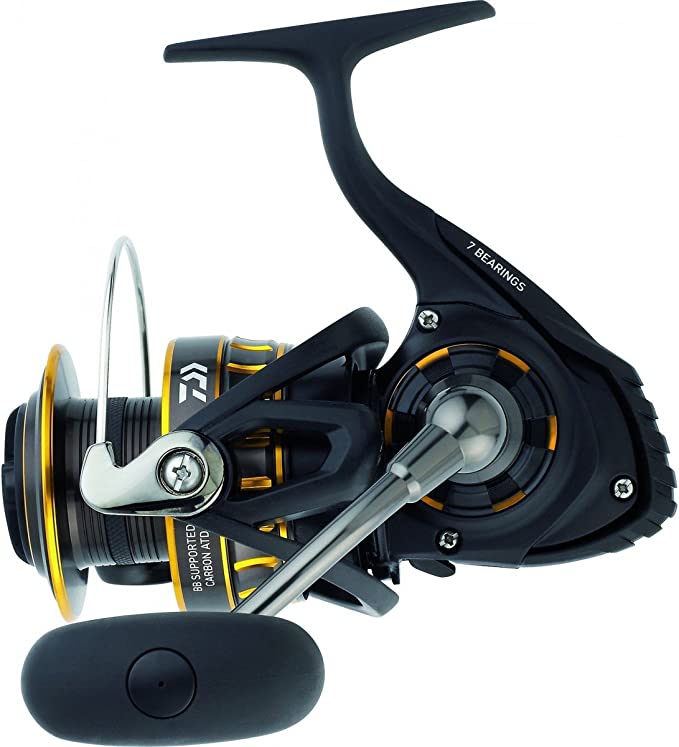The Photonic Architecture: Why Your Bathroom Mirror Needs Dual-Source Illumination
Update on Dec. 10, 2025, 10:51 p.m.
In architectural lighting design, the bathroom vanity is widely considered the most complex zone to illuminate. The standard solution—a single overhead fixture—violates the fundamental principle of Facial Topography. Light traveling solely from a downward vector casts deep shadows into the orbital sockets (eyes), beneath the nose, and under the chin. This creates a “Skull Effect,” distorting perception and making precision grooming optically impossible.
The industry’s answer has evolved from simple exposed bulbs to the integrated led bathroom mirror. However, a single strip of LEDs often fails to provide sufficient lux (brightness) or proper diffusion. The LOAAO 24x32 LED Mirror represents a significant leap in this optical evolution by employing a Dual-Lighting Strategy: simultaneously activating Front-lit and Backlit arrays. This analysis examines the physics behind this configuration and why “Light Vectoring” is critical for functional hygiene spaces.
The Vector of Incidence: Front-Lit vs. Backlit Mechanics
To understand why the LOAAO mirror outperforms standard fixtures, we must analyze the Angle of Incidence.
1. The Fill Light (Front-Lit)
The primary function of the front-facing LED strip is Shadow Erasure. By projecting light perpendicular to the user’s face, it fills in the micro-textures of the skin. * The Physics: Unlike a point source (bulb) which creates hard shadows, the continuous LED perimeter acts as a “Soft Box.” It wraps light around the curvature of the face, minimizing the contrast between high points (nose, forehead) and low points (pores, wrinkles). * The Result: This provides the high-fidelity reflection necessary for tasks requiring sub-millimeter precision, such as eyeliner application or blade shaving.
2. The Ambient Separation (Backlit)
Backlighting is often dismissed as purely decorative, but it serves a crucial optical function: Contrast Reduction. * The Problem: A bright mirror in a dark room creates a high Contrast Ratio, forcing the iris to constantly adjust, leading to eye strain. * The Solution: The LOAAO’s backlighting projects light onto the wall behind the mirror. This “Halo Effect” lowers the relative brightness difference between the light source and the background. It adds depth to the room and separates the mirror from the wall, reducing visual fatigue during prolonged use.
(Insert Image A: A diagram comparing “Overhead Lighting” (casting shadows) vs. “LOAAO Dual Lighting” (even illumination), highlighting the light vectors.)
The Kelvin Scale: Chronobiological Control
Light is not merely for vision; it is a Zeitgeber—a biological cue that regulates the circadian rhythm. The LOAAO mirror’s variable color temperature (3000K - 6000K) allows the user to align artificial illumination with their biological clock.
1. 6000K (Daylight White): The Cortisol Trigger
- Spectrum: Rich in short-wavelength blue light (~460nm).
- Effect: This mimics solar noon. Exposure to this wavelength suppresses melatonin and stimulates cortisol production.
- Application: Essential for the morning routine. Using the 6000K setting during your 7:00 AM shave or makeup session acts as a “photonic coffee,” signaling the brain to enter a state of high alertness.
2. 3000K (Warm White): The Melatonin Preserver
- Spectrum: Dominant in longer red/orange wavelengths, minimal blue light.
- Effect: Mimics the spectral composition of sunset or candlelight.
- Application: Critical for the evening wind-down. High-intensity blue light before bed can shift the circadian phase and induce insomnia. Switching the LOAAO mirror to 3000K for your nighttime face-wash routine ensures that your pre-sleep melatonin secretion is not disrupted by your bathroom lighting.
By integrating these specific Kelvin presets, the mirror transforms from a passive reflective surface into an active tool for Circadian Entrainment, proving that the quality of light is just as important as the quantity.



















